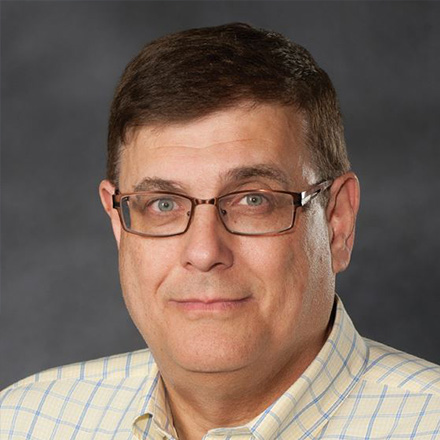פרופסור צבי שורץ החל ללמוד בפקולטה לרפואת שיניים בירושלים. בשנת 1981 סיים את לימודיו לתואר DMD בהצטיינות יתרה וכן קבל פרס הצטיינות על עבודת הגמר. בשנת 1981 החל פרופסור שורץ במסלול ייחודי באותה תקופה של התמחות בפריודונטיה משולבת ב- PhD.
בשנת 1986 סיים פרופסור שורץ את שני התארים. בשנה זו נסע לארה”ב לשנתיים השתלמות במחלקה לפריודונטיה באוניברסיטת טקסס סאן אנטוניו בדרגה של אסיסטנט פרופסור. בשנת 1988 הוא קיבל תואר של פרופסור חבר מאותה אוניברסיטה ובאותה שנה הוא חזר למחלקה לפריודונטיה בה קיבל בשנת 1989 את דרגת מרצה בכיר.
בשנת 1990 ד”ר שורץ קיבל תואר פרופסור מן המניין מאוניברסיטת טקסס-סאן אנטוניו.
בשנת 1992, קיבל תואר פרופסור חבר מהאוניברסיטה העברית בירושלים.
בשנת 1996 קיבל תואר פרופסור מן המניין מהאוניברסיטה העברית בירושלים.
משנת 2013-2002 פרופסור שורץ קיבל תואר פרופסור מן המניין במכון הטכנולוגי של ג’ורג’יה, ארה”ב.
בשנת 2009 קיבל תואר פרופסור אמיריטוס מהאוניברסיטה העברית בירושלים.
בשנת 2013 קיבל תואר פרופסור מן המניין ודיקן משנה בפקולטה להנדסה מהאוניברסיטה וירגינה קומונוולף
עד היום הוא פרסם מעל 470 מאמרים מדעים והציג מעל 1400 פעמים בכנסים מדעים ולימד מספר רב של סטודנטים ברמות שונות – מאסטר, דוקטורט ומתמחים.
הוא זכה במספר רב של פרסים על פעילותו המדעית כמו – חוקר צעיר, מפעל חיים מ- IADR ושלוש פעמים בפרס הרגנרציה של ה- AAP.
Click here for abstract:
 Bone Graft Substitutes: Basic Information for successful clinical use with Special focus on the use of local factors and mesenchymal cells
Bone Graft Substitutes: Basic Information for successful clinical use with Special focus on the use of local factors and mesenchymal cells
Bone grafting techniques are used in many fields of surgery including trauma surgery, periodontal surgery and maxillofacial surgery. The need to replace bone lost in chronic disease, infection or trauma is clear, and the field has expanded considerably since substitutes were first used to supplement or replace autologous or allogeneic bone grafting. Recently the use of potent local factor or mesenchymal cells with or without different bone substitute was available clinically to be use during regeneration procedures. .As a result, the number of choices continues to increase as new materials are developed and are offered with combination of local factors and/or mesenchymal cells. However, the rationale for selection of one material over another or combination of the bone substitute with local factors and mesenchymal cells is not yet clear in many clinical situations. This is in part due to the lack of information on basic bone biology as it applies to implant materials in general, and to a particular clinical application.
The purpose of the presentation is to introduce the variety of bone graft materials currently available, discuss some of the new materials under development, and provide a biological rationale for the outcome when these materials are used clinically in Oral surgery. The use of local factors, mesenchymal cells in combination with different bone substitutes will be presented with their biological rationale and clinical application and success.
The rational to use block or particulate allographs in comparison to autograph will also be discussed.


